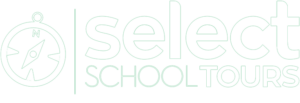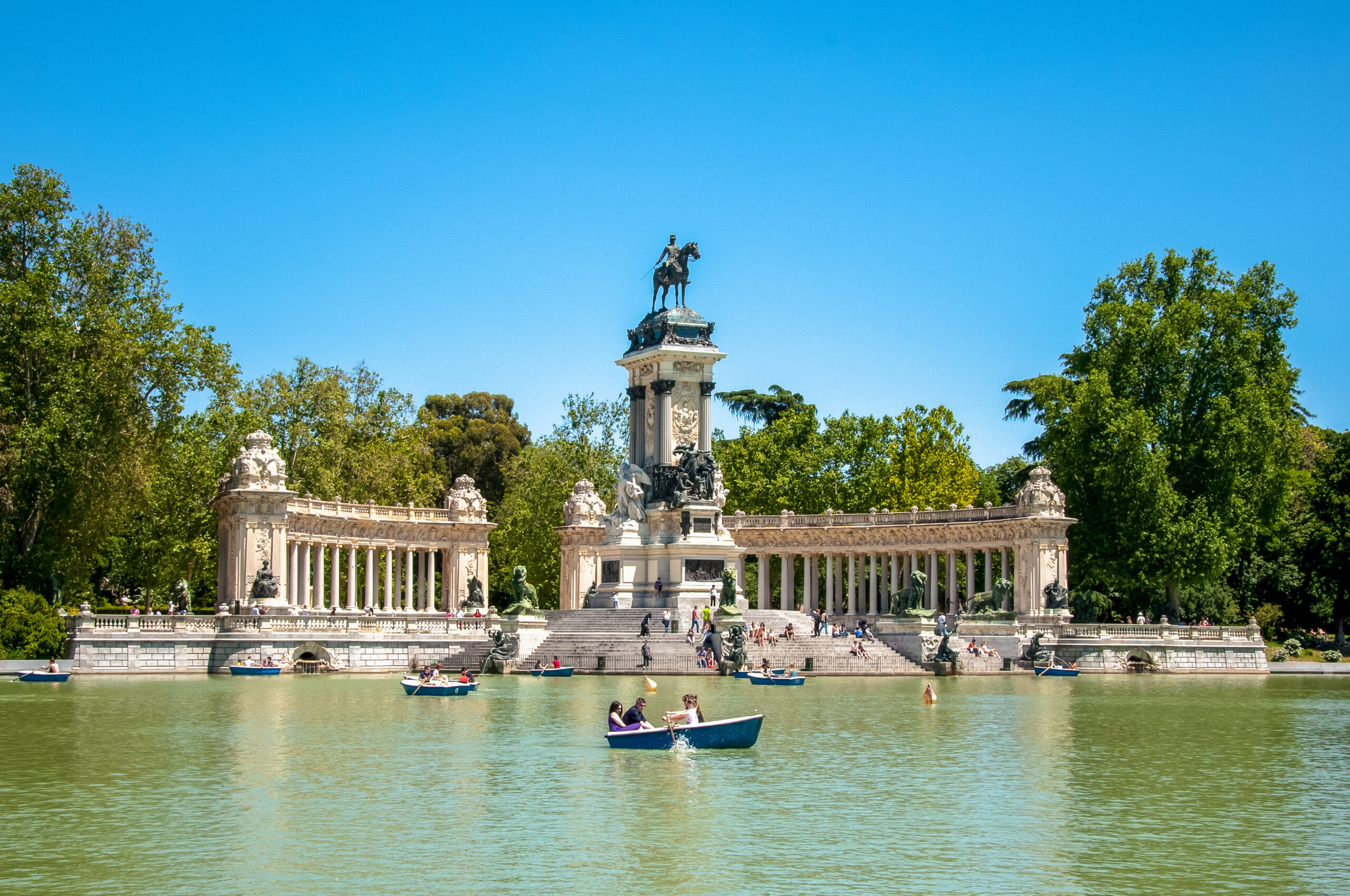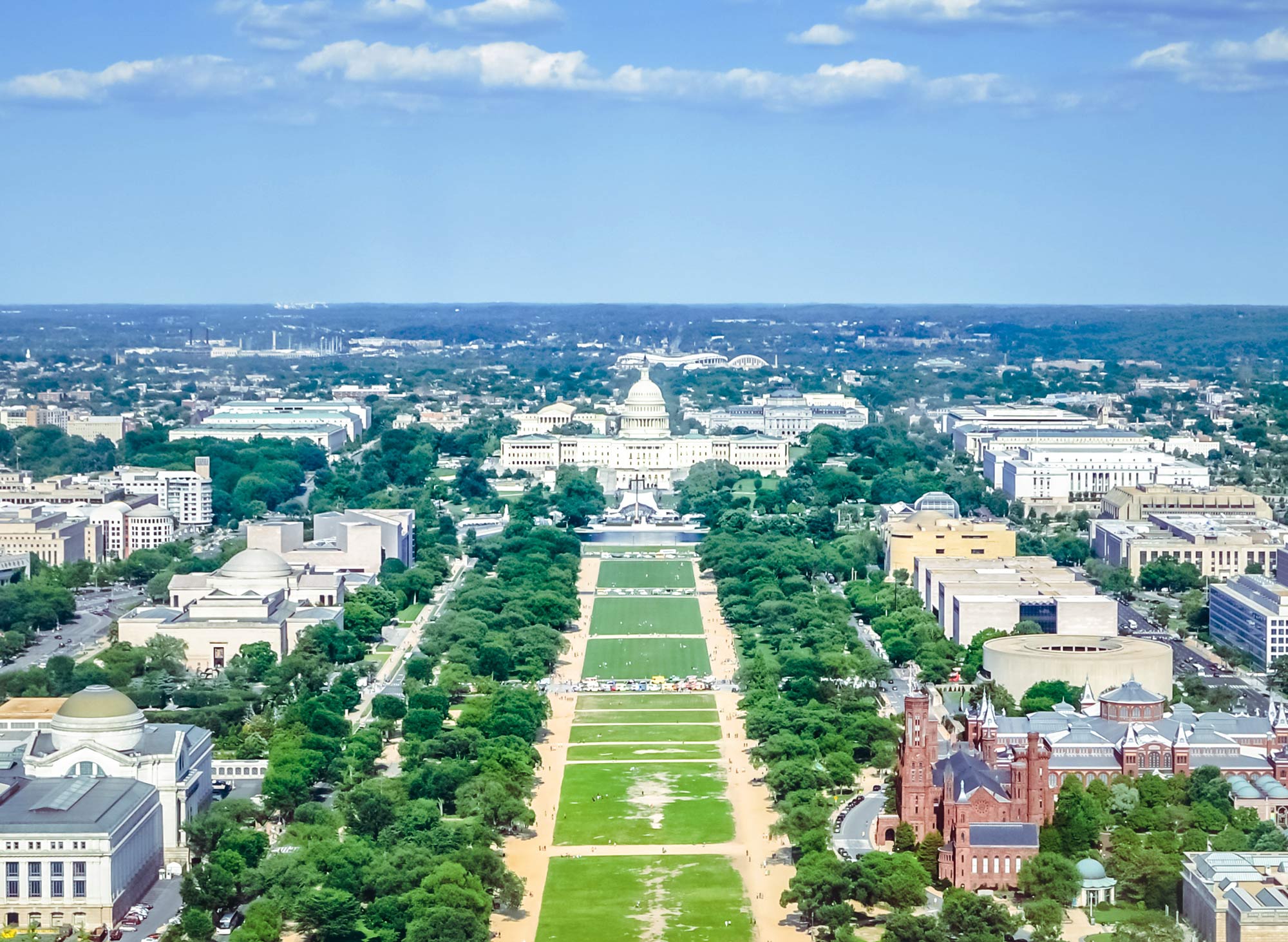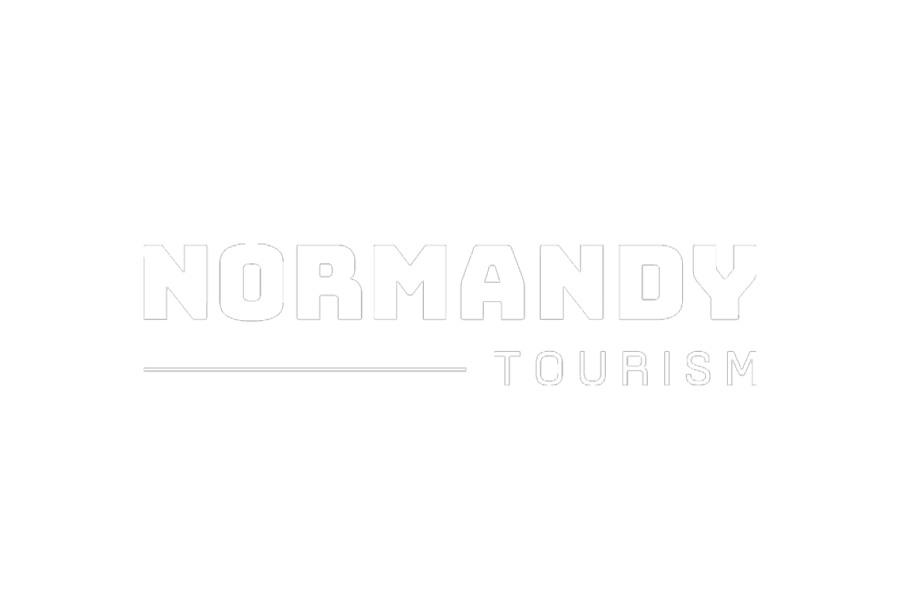This week, we’ve been quizzing expert Battlefields Guide and previous teacher Mike Scott about taking a Battlefields tour:
What do you think are the benefits of taking a school battlefields tour?
Battlefield’s tours are a valuable teaching and learning tool. They enhance what is done in the classroom – this can be by developing on the work completed in the lessons. They help to raise aspirations as work done on tour supports improved learning which helps to feed into performance. They also encourage personal development and awareness which leads to better relationships, which then supports a better school environment.
What can students gain and experience on a battlefields tour which they can’t in a classroom environment?
There is nothing like standing on a battlefield to help you understand what happened and why. While books and DVD’s may help, and can be some of the best tools in the classroom when explained by good teachers, experiencing actual sites gives an opportunity for students to imagine and empathise.
What are the added benefits of teachers taking a battlefields tour? Does it just sit in the history department?
Tours give students a chance to see staff in a different, and sometimes to them, a more real light. They are used to seeing us in the classroom, which can be an artificial view of us, as people. Tours give students and teachers a chance to learn about themselves out of their ‘normal’ environment. Once you cross the Channel, we all have to put on different learning and thinking caps. This challenge to see ourselves and our world differently can prove invaluable. Naturally, this self-learning takes us beyond the History curriculum and Department potentially into many other subject and cross-subject areas.
In what ways can a Battlefield Guide enhance a school trip experience?
First, they simply provide a different voice. It is ‘fresh’. It is something new, so everyone has to listen more carefully. This helps all on the tour get more from the tour. Second, they naturally have more specific knowledge as this is often their ‘only’ focus. Teachers of History have a wide curriculum to cover and battlefield tours and the periods to which they relate, though teachers see them as important, are not necessarily their focus. A ‘specialist’ will take student’s understanding to a new level. A good guide, experienced with working with school groups, and that is key, will have an understanding of learning objectives, the curriculum and or syllabus, to be able to make sure what is delivered is of value to staff and students. Working with school groups is very different to guiding other types of groups, so the right guide is of paramount importance in helping to make your guided tour a success. This can start with inviting your guide to the parents information evening, though this involvement is not always viable.
In your opinion what are the ‘must see’ sites for a WWI and WWII visits?
While there are certain key sites, some of the choices of where to visit in the limited time available are guided by the nature of the group and from where they come.
WW1 – Thiepval Memorial & village, Menin Gate Memorial, Tyne Cot Cemetery, Langemark German Cemetery, Devonshire Trench for poetry, Passendale Museum especially for the trenches, Wellington Quarry. While there are many more sites, it depends on the origin of the group as to which other locations are important.
WW2 – D-Day Beaches including Utah Beach, Omaha Beach & Cemetery, Pointe du Hoc, Arromanches, Longues Battery, Bayeux (Cemetery, Tapestry & cathedral), Juno Beach, Pegasus Bridge, Merville Battery.
WW2 from different angles – Berlin, Krakow, Warsaw, Munich, Nuremberg
What sort of activities do you encourage the students to take part in whilst on the tour?
Research your family history. A visit based upon concrete relationships with the past can help to lead into more complicated concepts. There is an emotional element that comes from visiting the grave/memorial of a relative of one of the students. Beyond this, research local regiments and their activities on the battlefield sites you may visit. Interpret the sites in the landscape. Use trench maps, photographs etc to be able to understand how the local fits into the wider strategic picture. This allows you to get at the role of Generals such as Haig and Hindenburg which also addresses parts of the curriculum.
Is there any preparation or research that teachers can encourage their students to take part in prior to departing for a battlefields tour?
Students do better if they understand why they are undertaking the tour. Prepare by helping students to understand what is expected, and what the outcomes should be. Help them to take ownership of the experience which will make them feel the importance of having a successful tour.
How would you advise teachers on a school trip to gain the maximum on return for lasting and enriched learning?
Make sure the visits are linked to the curriculum to show how the tour had value. Undertake a post-tour project – soldiers, regiments, the impact on your town etc. Spread the knowledge and understanding from this tour and project beyond the group who travelled, and even beyond the school. Get into the local newspapers, and radio if possible.
Huge thanks to expert guide Mike Scott for these excellent insights into taking a battlefields tour! You can view the range of history based tours we offer here and our special WWI Centenary tour offer here!
by Select School Tours
Share
by Select School Tours
Share
We are excited to introduce Madrid into our destination offering for Art & Design educational trips abroad. This vibrant Spanish city has so much to offer with its dynamic [...]
Berlin is rich in history with a vibrant art scene, and significant political landmarks which make it an ideal destination for educational school trips. Two of our Tour Advisors, [...]
Hi, I'm Jack and as I’m currently studying A Level History, Politics & Economics, I was thrilled to be given the opportunity to visit Washington DC and New York [...]
